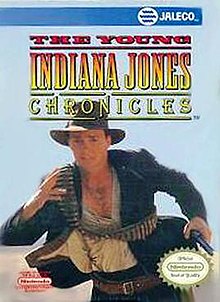
Brawl Brothers, known in Japan as Rushing Beat Ran, is a side-scrolling beat 'em up game developed and published by Jaleco for the Super Nintendo Entertainment System in 1992. It is the second game in the Rushing Beat series, after Rival Turf!, and was followed by The Peace Keepers in 1993.

Air Fortress is an action-adventure video game developed and published by HAL Laboratory for the Nintendo Entertainment System. It was released in Japan in August 1987, in North America in September 1989 after an initial test release of 385 copies in 1987, and an Australian release in 1989.

Wizards & Warriors, titled Densetsu no Kishi Elrond in Japan, is an action platform video game developed by Rare and published by Acclaim Entertainment for the Nintendo Entertainment System. It was released in North America in December 1987, and in Europe on January 7, 1990. The player controls Kuros, "Knight Warrior of the Books of Excalibur", as he sets out in the Kingdom of Elrond to defeat the evil wizard Malkil. Malkil holds the princess of Elrond captive in Castle IronSpire, deep within the forests of Elrond. The player fights through forests, tunnels, and caves, while collecting keys, treasure, weapons, and magic items.
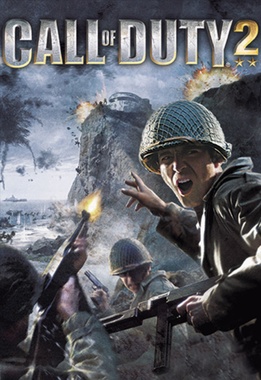
Call of Duty 2 is a 2005 first-person shooter video game developed by Infinity Ward and published by Activision in most regions of the world. It is the second installment of the Call of Duty series. Announced by Activision on April 7, 2005, the game was released for Microsoft Windows on October 25, 2005, and as a launch title for the Xbox 360 on November 22, 2005. Other versions were eventually released for OS X, mobile phones, and Pocket PCs.

Tuff E Nuff, known in Japan as Dead Dance, is a 1993 fighting game developed and released by Jaleco for the Super Nintendo Entertainment System.

Metal Slug is a Japanese multimedia franchise and run and gun video game series originally created by Nazca Corporation before merging with SNK in 1996 after the completion of the first game in the series. Spin-off games include a third-person shooter to commemorate the 10th anniversary of the series, multiple tower defense games, and a turn-based tactics game. While originally created for Neo-Geo arcade machines hardware (MVS) and the Neo-Geo home game consoles (AES) hardware, the original games have also been ported to other consoles and mobile platforms throughout the years, with several later games created for various other platforms. The games focus on the Peregrine Falcon Squad, a small group of soldiers who fight against a rebel army, aliens, zombies, mummies and various other forces intent on world domination. Over the years since its debut, the franchise developed a small, but passionate cult following due to its unique visuals and slapstick humor.
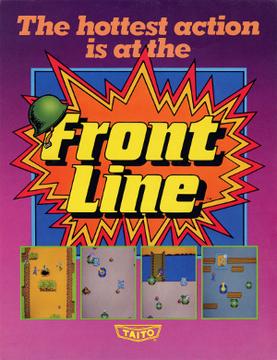
Front Line is a military-themed run and gun video game released by Taito for arcades in November 1982. It was one of the first overhead run and gun games, a precursor to many similarly-themed games of the mid-to-late 1980s. Front Line is controlled with a joystick, a single button, and a rotary dial that can be pushed in like a button. The single button is used to throw grenades and to enter and exit tanks, while the rotary dial aims and fires the player's gun.

The Astyanax, known in Japan as The Lord of King (ザ・ロード・オブ・キング), is a side-scrolling action game developed by Aicom released for the arcades by Jaleco. A home version for the Nintendo Entertainment System, simply titled Astyanax, was released shortly after the arcade version but the NES version is decidedly different from its arcade predecessor in terms of story.

Time Lord is a side-scrolling action-platform video game developed by Rare and published by Milton Bradley for the Nintendo Entertainment System. It was released in North America in September 1990 and in Europe in 1991.
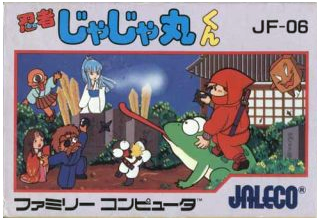
Ninja JaJaMaru-kun is an action-platform video game developed and published by Jaleco for the Famicom. It was released in Japan on November 15, 1985, and was ported to the MSX in 1986. The MSX version was released in Europe as Ninja II, being marketed as a sequel to Ninja-kun: Majou no Bouken, a game that used the name Ninja for its European MSX release.

Iron Tank: The Invasion of Normandy, known as Great Tank in Japan, is a 1988 top-view action shooting game produced by SNK for the Nintendo Entertainment System.

Moon is a first-person shooter video game developed by Renegade Kid for the Nintendo DS. The game was originally set to be shipped in North America on November 18, 2008, but the developer later pushed back the release to January 13, 2009. It was also released on June 3, 2009 in Europe.
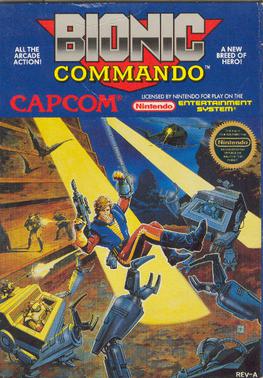
Bionic Commando, originally released as Hitler's Resurrection: Top Secret in Japan, is a 1988 platform video game developed and published by Capcom for the Nintendo Entertainment System. It is based on the 1987 video game Bionic Commando.

Call of Duty: World at War is a first-person shooter video game in the Call of Duty franchise, released for the Nintendo DS. It was released by Activision, alongside the console versions of the game, in November 2008. The game takes place during World War II and features many elements of gameplay typical to the series, including vehicular missions and the usage of iron sights.

Fortified Zone, known in Japan as Ikari no Yōsai is a 1991 video game developed and published by Jaleco for the Game Boy. It was first released in Japan on February 26, 1991 and later released in North America in September 1991. It was later added to the Nintendo 3DS's Virtual Console on July 7, 2011, but the Australia region had it added on July 28, 2011.
An anti-tank grenade is a specialized hand-thrown grenade used to defeat armored targets. Although their inherently short range limits the usefulness of grenades, troops can lie in ambush or maneuver under cover to exploit the limited outward visibility of the crew in a target vehicle. Hand launched anti-tank grenades became redundant with the introduction of standoff rocket propelled grenades and man-portable anti-tank systems.
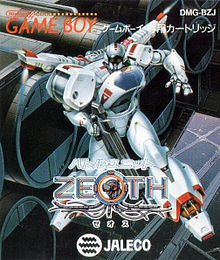
Battle Unit Zeoth (バトルユニットゼオス) is a scrolling shooter video game developed by Jaleco for the Nintendo Game Boy in 1990 which saw a release in North America and Europe one year later in 1991.
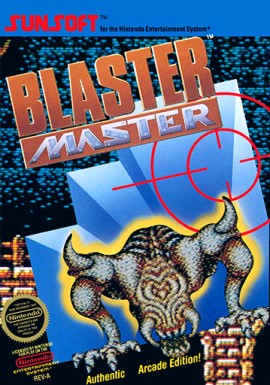
Blaster Master is a platform and run and gun video game released by Sunsoft for the Nintendo Entertainment System. It is a localized version of a Japanese Famicom game titled Chō Wakusei Senki Metafight, which was released on June 17, 1988. The game was released in North America in November 1988 and in Europe on April 25, 1991. The game is the first in the Blaster Master series, and it spawned two spin-off games as well as two sequels.
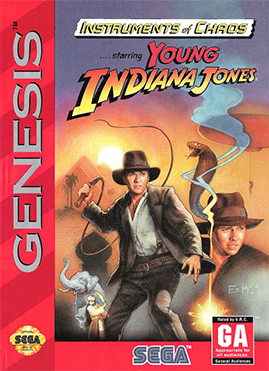
Instruments of Chaos starring Young Indiana Jones is a 1994 action game developed by Brian A. Rice, Inc. and published by Sega for the Sega Genesis. It is based on the television series, The Young Indiana Jones Chronicles. The game was in development as of August 1992, with the title Young Indiana Jones. A Sega CD version had been planned for release in July 1993, but it was never published.

Battlefield 1 is a first-person shooter game developed by DICE and published by Electronic Arts. It is the tenth installment in the Battlefield series and the first main entry in the series since Battlefield 4 in 2013. It was released for PlayStation 4, Microsoft Windows, and Xbox One in October 2016.
